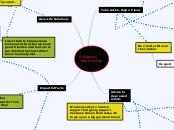arabera Lily McCormick-Hill 4 years ago
308
The Great Depression
The economic turmoil of the Great Depression was significantly influenced by the stock market crash of 1929, which began in September and culminated in November. The crash was precipitated by declining production, rising unemployment, and an overvaluation of stocks.









